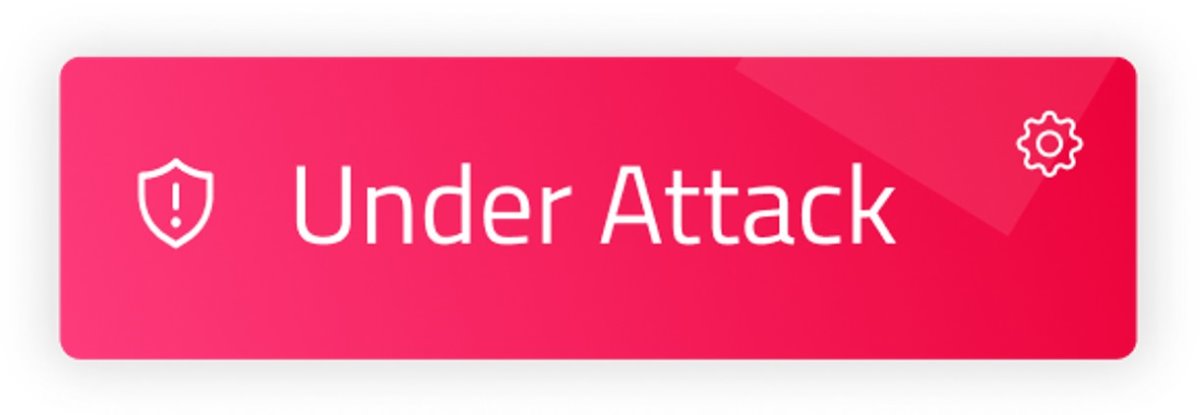Product Design Strategies to Keep Users Focused During a Cyber Attack
In cybersecurity, every organization is a potential target for cyberattacks. Security products are designed to provide clarity and actionable insights before, during, and after an attack. During peacetime, users primarily focus on monitoring network traffic and safeguarding their assets, often navigating through dashboards filled with data. However, when an attack occurs, dashboards and graphs can quickly become overwhelming. Suddenly, users are faced with a flood of information, struggling to piece together what happened as events unfold rapidly—everywhere, all at once.
Research shows that identifying and reporting an attack can take anywhere from days to months, costing companies millions in damages. Reducing this response time is a critical objective, and at Radware we are committed to providing our users with the tools they need to detect and respond to threats as quickly and efficiently as possible.
At Radware, we employ several strategies to help our users navigate and respond effectively to a cyber attack.
1. Under Attack Status – The first step in responding to an attack is making sure users immediately recognize it. This status should be highly visible across all dashboards, using clear visual cues that demand attention. We used danger-associated colors like red to signal urgency and ensure the attack wasn’t overlooked.

"Attack Details" Window – In cybersecurity product design, having a dedicated space for real-time attack insights is crucial. At Radware , we created a specialized Attack Details window that provides users with all the critical information about an ongoing attack. Instead of navigating multiple dashboards, users can access a focused view containing key details, relevant graphs, and actionable insights—all in one place. This dedicated window eliminates distractions by displaying only essential data, helping users quickly analyze the attack's source. By providing clear and direct access to crucial insights, we ensure that security teams can respond swiftly and effectively during high-stress situations.
2. Customizability – If a dedicated "Under Attack" dashboard is not available, the main dashboard must adapt to meet costumer's needs during an attack. This is where customizability becomes crucial. Allowing users to configure their dashboard ensures they can prioritize the most critical information when needed, rather than struggling to filter through excessive data while responding to a threat.
3. Actions – During an attack, users need to act as quickly as possible. Critical settings and preferences should be more accessible than ever. Key actions should be available directly from the dashboard, rather than buried in an extensive settings menu covering the entire system. Settings play a crucial role during an attack—one mistake can have catastrophic consequences.
To minimize errors and simplify decision-making, we don’t expect users to manually input complex values. Instead, we guide them through well-designed defaults, informative tooltips explaining each setting, and intuitive toggles to quickly enable or disable protections. Another effective approach is using dropdown menus that offer simplified options—such as High, Medium, and Low—instead of requiring users to input exact numbers. This allows for quick, confident decision-making without unnecessary complexity.
4. Analytics and Reporting – Reports are often underutilized because they come after an attack and are packed with complex data. However, they are crucial for organizations, offering key insights to strengthen security. Making them user-friendly, clear, and easy to understand ensures their value is fully realized.
At Radware, we developed a dedicated Incident Analysis called "Attack Story", which visualizes the entire attack lifecycle from start to finish. The Attack Story provides a clear summary, key mitigation insights, and a chronological timeline of events. This allows users to fully comprehend what happened, when it happened, and why. By making reports more intuitive and actionable, we empower security teams with the data they need to prevent future attacks and enhance their defenses.
Conclusion – In the high-stakes world of cybersecurity, every second counts during an attack. By implementing clear Under Attack indicators, designing dedicated dashboards, ensuring customizability, making critical actions easily accessible, and providing intuitive reports, we can significantly enhance the user experience during crises.
At Radware, we are committed to designing solutions that help security teams navigate cyber threats with confidence. By prioritizing usability, reducing cognitive overload, and delivering actionable insights, we enable our users to respond more effectively and minimize the impact of attacks. Cybersecurity is complex, but with thoughtful design, we can make it more manageable ensuring that even in moments of chaos, users can stay focused on what matters most.
If you want to learn more about Radware’s Advance Management System, please contact us at radware.com